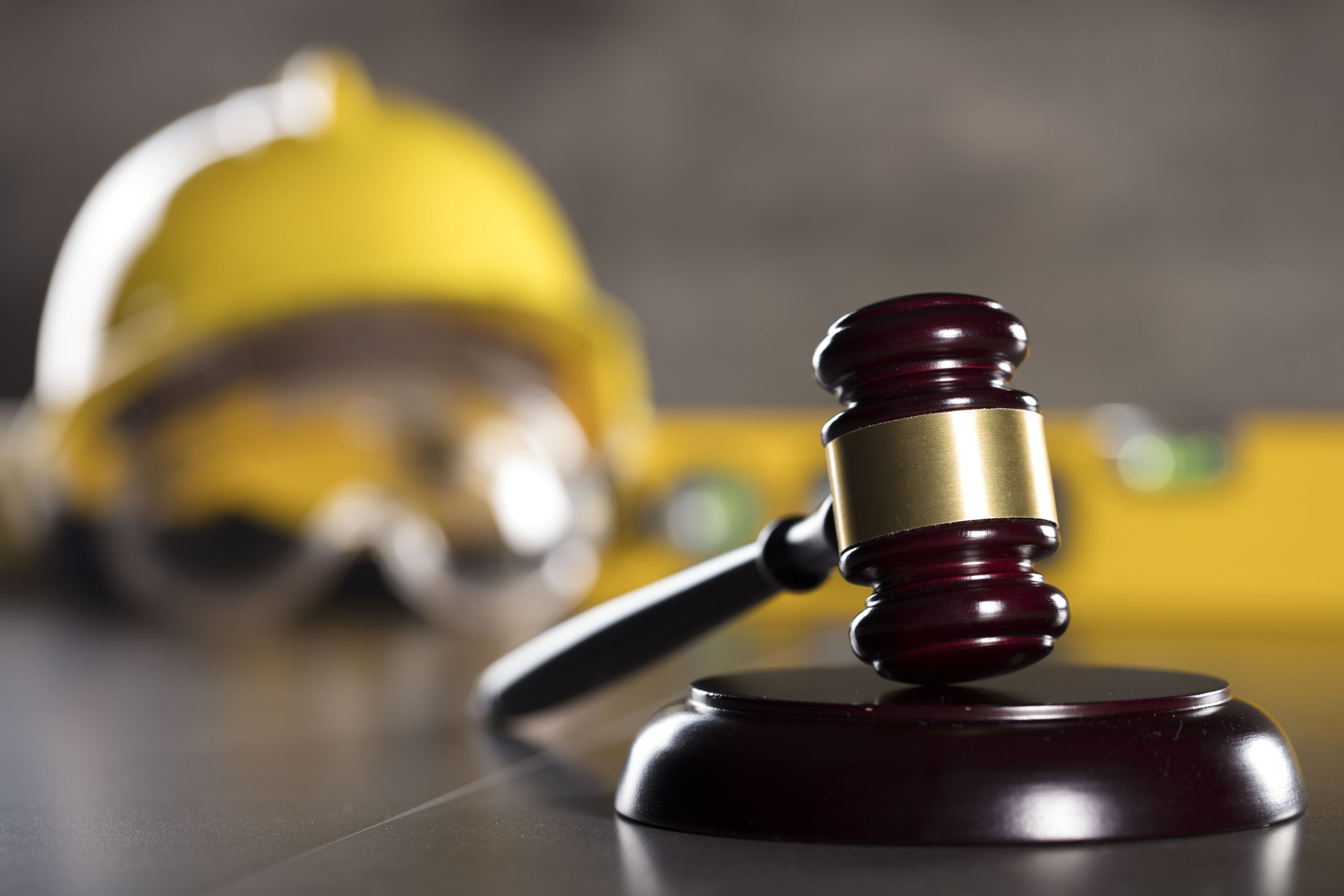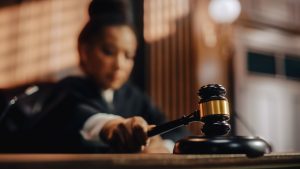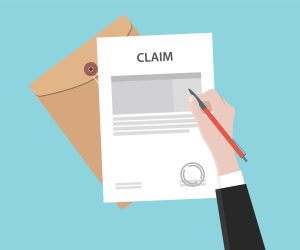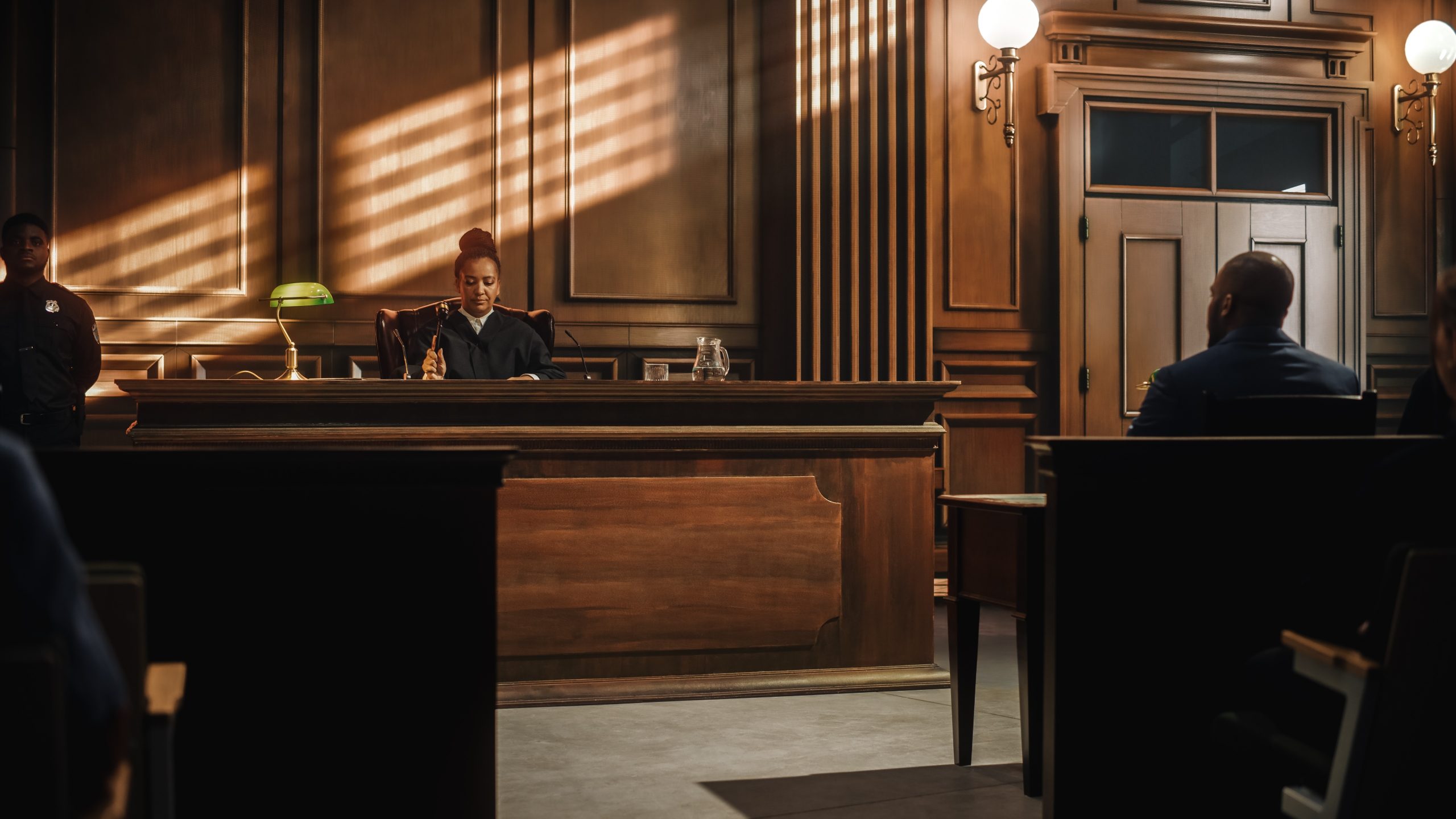 Local municipalities, Erie County, and New York State have enacted various building codes and other standards to ensure public safety. These codes regulate the construction, repair, and maintenance of shopping malls, residential properties, and large office buildings. When building code violations and other property owner negligence occur, devastating personal injury accidents are bound to happen. Suppose you, or a loved one, were injured as a guest or visitor on someone else’s property. In that case, you may be entitled to pursue a premises liability lawsuit against the owner or other responsible party.
Local municipalities, Erie County, and New York State have enacted various building codes and other standards to ensure public safety. These codes regulate the construction, repair, and maintenance of shopping malls, residential properties, and large office buildings. When building code violations and other property owner negligence occur, devastating personal injury accidents are bound to happen. Suppose you, or a loved one, were injured as a guest or visitor on someone else’s property. In that case, you may be entitled to pursue a premises liability lawsuit against the owner or other responsible party.
Common Types Of Code Violations And Negligence
Unfortunately, these violations occur more often than most people would think. While some minor building code violations may not pose substantial safety risks, others can be hazardous. Some of the most dangerous building code violations include:
 The costs of a slip-and-fall accident aren’t always limited to hospital bills and lost income.
The costs of a slip-and-fall accident aren’t always limited to hospital bills and lost income. Buffalo Personal Injury Lawyer News
Buffalo Personal Injury Lawyer News


 Every minute that a
Every minute that a  You should never have to pay out-of-pocket for medical costs incurred by an accident that was not your fault. However, the choices you make after an accident could impact your chances of making a successful recovery. Here are five steps to take to protect your right to compensation:
You should never have to pay out-of-pocket for medical costs incurred by an accident that was not your fault. However, the choices you make after an accident could impact your chances of making a successful recovery. Here are five steps to take to protect your right to compensation: Suppose you’ve never worked with a personal injury lawyer before. In that case, you may have fallen prey to a common misconception: that the most experienced
Suppose you’ve never worked with a personal injury lawyer before. In that case, you may have fallen prey to a common misconception: that the most experienced  If you’ve been hurt in a
If you’ve been hurt in a  1. Establishing the Elements Of A Slip-And-Fall Claim
1. Establishing the Elements Of A Slip-And-Fall Claim Slip-and-fall accidents can have life-altering repercussions. However, litigating and winning a lawsuit could prove difficult.
Slip-and-fall accidents can have life-altering repercussions. However, litigating and winning a lawsuit could prove difficult. Every car insurance company has its own rules determining how, where, and when drivers should submit accident claims. However, most agencies have similar expectations that might make filing a claim seem easy, but could risk your right to a fair recovery.
Every car insurance company has its own rules determining how, where, and when drivers should submit accident claims. However, most agencies have similar expectations that might make filing a claim seem easy, but could risk your right to a fair recovery. Being involved in a car accident is stressful enough, but the prospect of a trial can feel overwhelming. Suppose you’re facing this situation in Upstate New York. In that case, understanding the process can ease your anxiety and empower you to make informed decisions. Our elite team of Buffalo, New York, car accident injury lawyers at the Dietrich Law Firm P.C. represents countless car accident victims and wants to guide you through what to expect during a trial.
Being involved in a car accident is stressful enough, but the prospect of a trial can feel overwhelming. Suppose you’re facing this situation in Upstate New York. In that case, understanding the process can ease your anxiety and empower you to make informed decisions. Our elite team of Buffalo, New York, car accident injury lawyers at the Dietrich Law Firm P.C. represents countless car accident victims and wants to guide you through what to expect during a trial. Local municipalities, Erie County, and New York State have enacted various building codes and other standards to ensure public safety. These codes regulate the construction, repair, and maintenance of shopping malls, residential properties, and large office buildings. When building code violations and other property owner negligence occur, devastating personal injury accidents are bound to happen. Suppose you, or a loved one, were injured as a guest or visitor on someone else’s property. In that case, you may be entitled to pursue a premises liability lawsuit against the owner or other responsible party.
Local municipalities, Erie County, and New York State have enacted various building codes and other standards to ensure public safety. These codes regulate the construction, repair, and maintenance of shopping malls, residential properties, and large office buildings. When building code violations and other property owner negligence occur, devastating personal injury accidents are bound to happen. Suppose you, or a loved one, were injured as a guest or visitor on someone else’s property. In that case, you may be entitled to pursue a premises liability lawsuit against the owner or other responsible party.